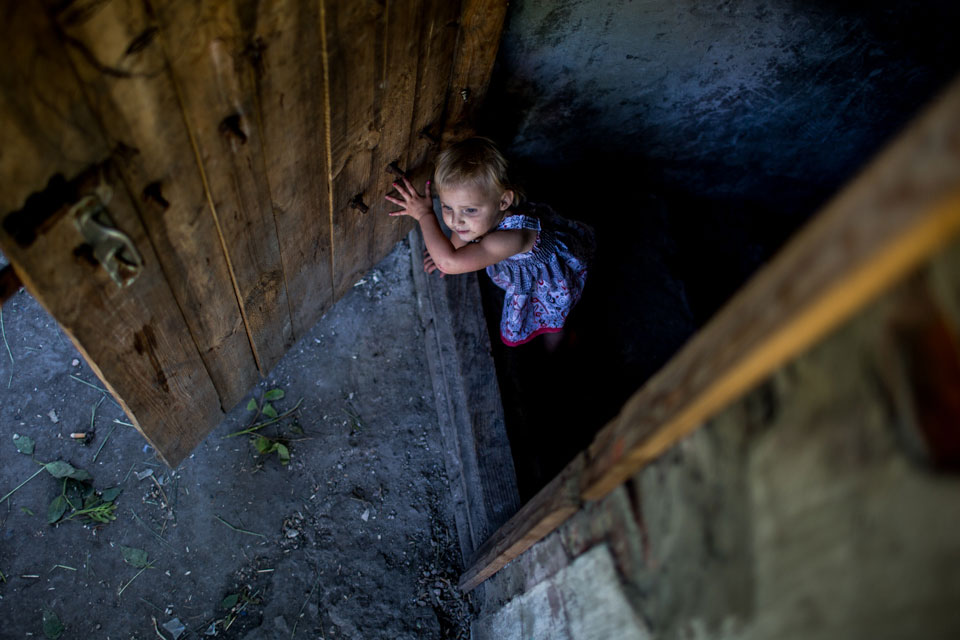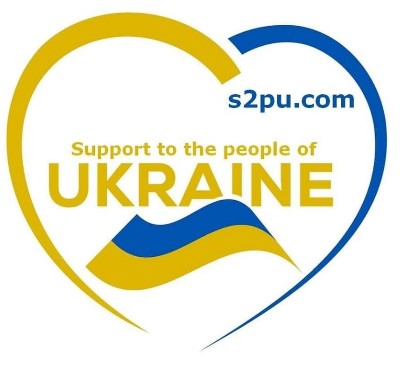
220,000 children remain at risk in the region
UNICEF supports health, nutrition, HIV prevention, education, safe drinking water, sanitation and protection for children and families caught in the conflict in eastern Ukraine. We call on all sides to recommit to the ceasefire.
After nearly five years of conflict in eastern Ukraine, 3.4 million people are in need of humanitarian assistance – 60 per cent of them are women and children.
Approximately 1.6 million people have been forced from their homes and tens of thousands of civilians have been killed or wounded.
The situation is particularly grave for girls and boys living in areas with the fiercest fighting: Donetsk and Luhansk oblasts – within 15 kilometres of the ‘contact line’ – a line that divides government- from non-government-controlled areas.
Children face the immediate threats posed by the conflict, and the long-term impact of lost education and trauma.
Children living in these areas face grave threats from shelling, landmines and unexploded ordnance. Their lives are also threatened by destruction of vital civilian infrastructure – health centres, schools and water supplies – as a result of the fighting. Millions of people depend on water infrastructure that is in the line of fire.
Source: Unicef
Children in eastern Ukraine need lasting peace.
We have called repeatedly for all sides to abide by the ceasefire agreement signed in Minsk in August 2015 and to respect international humanitarian law, including the requirement for unrestricted humanitarian access.
While the fighting continues, we provide support to children and their families affected by the conflict. Operating through six offices on both sides of the conflict, UNICEF provides life-saving mine risk education to hundreds of thousands of children and their caregivers, supports the rehabilitation of schools damaged by the fighting and provides more than 2.3 million people with access to safe water.
